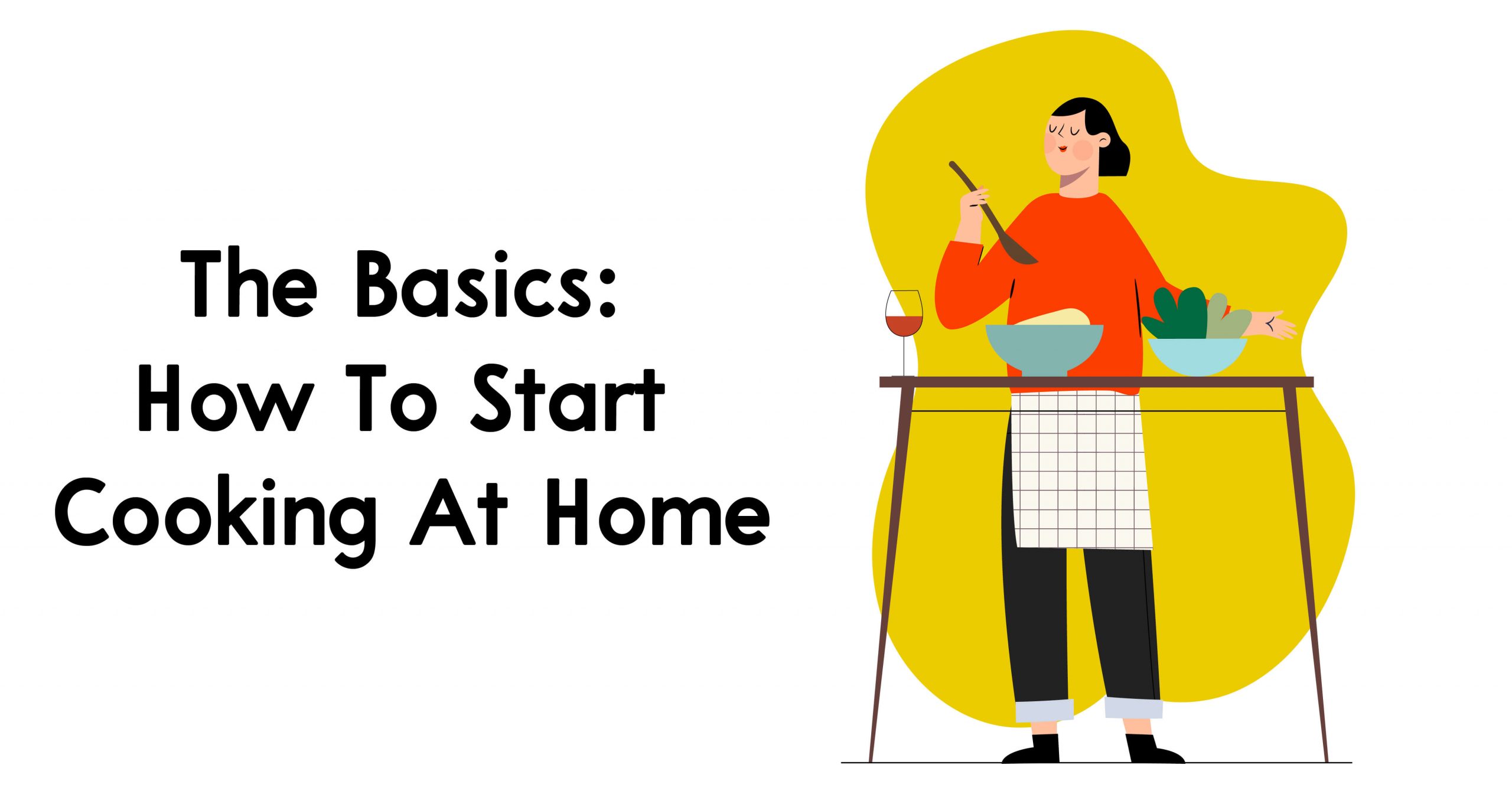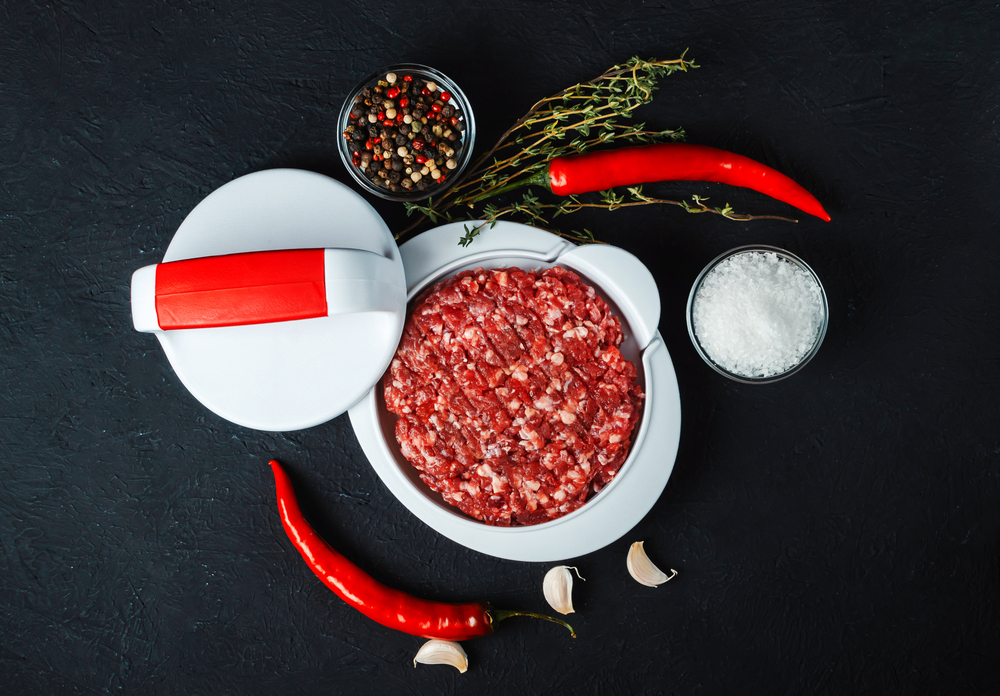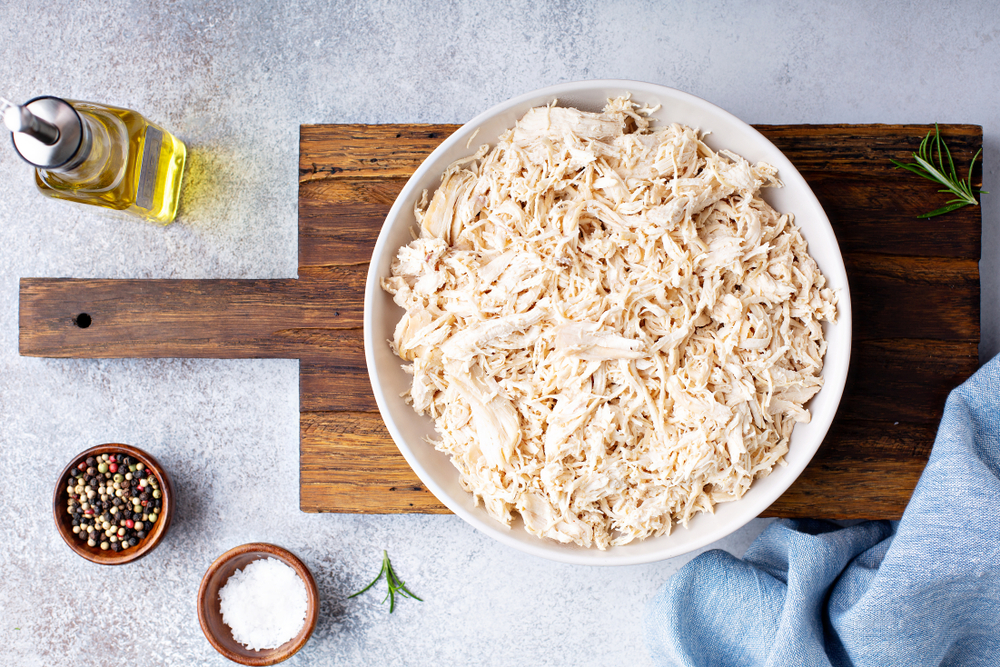Let’s face it, everyone will end up cooking too much rice for one sitting at least once in their cooking career. The trick is knowing what to do with the extra bit. Learning how to reheat rice in a rice cooker can be very useful, but you’ll need to know exactly how.
Luckily, reheating rice in a rice cooker is as easy as they come. You’ll just need to press the reheat button on the cooker and let it slowly reheat for about an hour. If the rice is a little dry, sprinkle 1 to 2 tablespoons of water to get it soft and fluffy.

Rice cookers aren’t the only way to go, but you’ll want one of these if rice is your go-to meal. Be careful though, leaving cooked rice exposed for too long can encourage bacterial growth and produce toxins in your food. You should therefore consider keeping it refrigerated if you won’t be eating the next one anytime soon.
Best Steps to Reheat Rice in a Rice Cooker
So, you’ve successfully saved the extra rice for another time and armed with your brand-new rice cooker. Here’s a step-by-step guide to going about bringing those fluffy white grains back to life.
- Add 1 to 2 tablespoons of water per estimated cup of rice in the rice cooker.
- Place the rice in the rice cooker.
- Break up any clumps of rice with a fork.
- Press the keep warm or reheat button.
How Long Can a Rice Cooker Keep Your Rice Warm?
Cooked rice can last for only a few hours at room temperature. Keeping it warm in a rice cooker keeps it fresher for longer, often up to 12 hours at a stretch. This is especially a good idea if you’re having friends or family over soon and want to keep things fresh.
If you won’t be eating the extra rice anytime soon though, it’s best to just keep the rice refrigerated. It’ll stay just about fresh enough for the next time you’ll need it thawed in your rice cooker.
How Safe is Reheating Rice in a Rice Cooker?
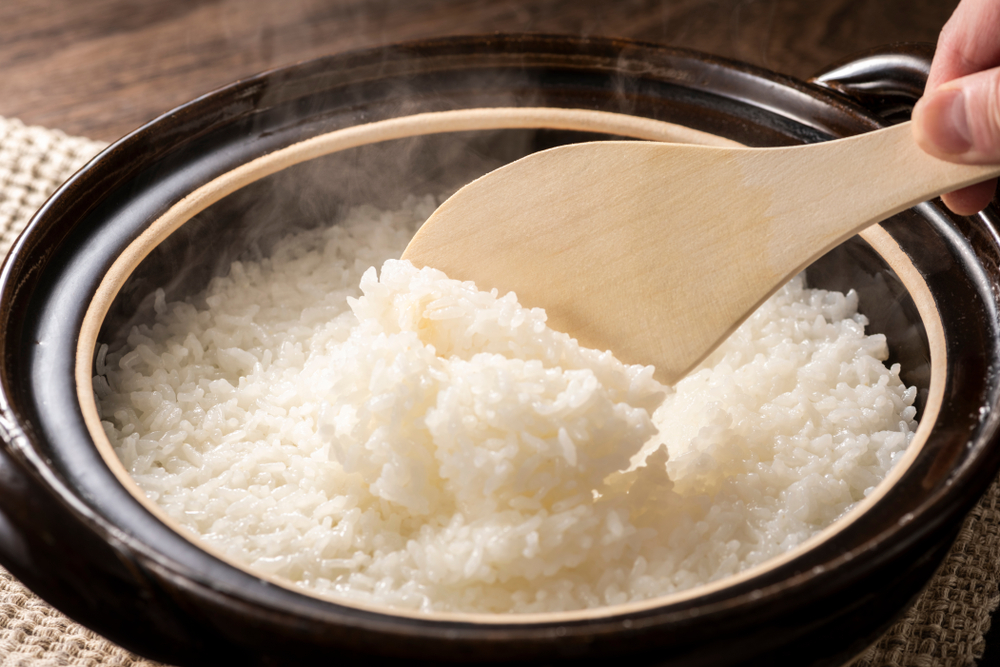
Rice cookers have been around for quite some time. Reheating with this kitchen equipment is so easy and stress-free because it takes away all that extra effort. What’s more, there’s an even lesser mess you’ll have to deal with compared to using some other method instead.
What to Do with Leftover Rice in Rice Cookers
Okay, maybe you’ll rarely have to deal with this one, but it’s good to know how to handle it anyways. We suggest leaving the rice cooker off for 5 hours, taking the rice, and refrigerating in tightly sealed containers. Be careful and avoid refrigerating food while it’s still too hot or you risk damaging the refrigerator.
How Much Power Your Rice Cooker Needs
Luckily, rice cookers although similar, aren’t quite light electric stoves. They’re designed to operate on two or more power settings and use up much less power than other heating equipment. It can use up to 700 watts at its highest setting but consumes 45 watts or less at warm settings.
The Benefit of Time Control
One great thing about most rice cookers is the delay timer feature. So, you can pre-set the timer to start heating up your rice at a specific future time. You can set it up hours ahead and still have time for plenty of other stuff before it’s finally ready.
What to Do Without a Rice Cooker
Rice cookers aren’t always present in every kitchen, and maybe in yours too. In fact, they aren’t the only contender for the best way to reheat rice without a microwave. However, if you’re still yet to get one for yourself, here are a few things you can do instead.
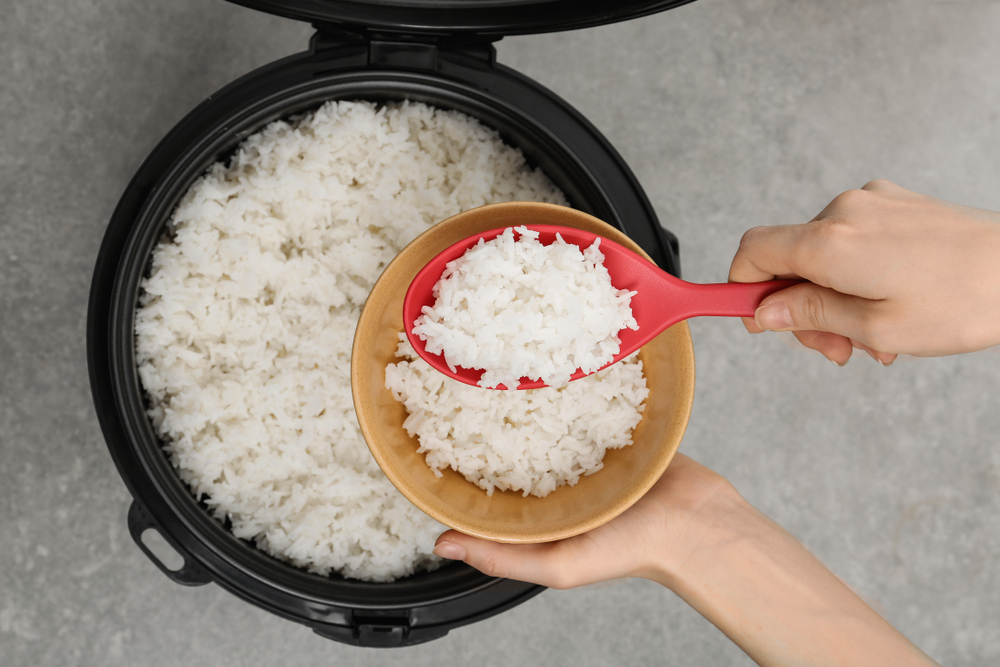
Use a Microwave
Microwaves are even more popular in kitchens than rice cookers are, so you’ll probably have one. While it’s another quick way to warm up that extra rice, you’ll need to be extra careful while at it. Here’s a quick process you can follow to avoid ending up with hard or sticky rice after the fact.
- Always use microwave-friendly bowls, and a lid if possible.
- Use some extra splash of water and break up any extra clumps of rice.
- Heat the rice for 30 seconds on a high setting.
- Remove the bowl from the microwave and let it sit for a minute.
- Repeat the process until the rice is uniformly heated ready to eat.
Use a Stovetop
Everyone has a stovetop, right? Well, here’s how best to put it to use when it’s time to reheat that leftover rice.
- Break up extra lumps of rice and add one or two tablespoons of water.
- Place the rice in a steamer, or a saucepan if you don’t have one.
- Cover up the steamer or saucepan and stir the rice on low heat until it’s completely heated through.
Use an Oven
While it may seem a little over the top just for reheating rice, it surprisingly works just as well. And you’ll be done before you even know it.
- Use just enough water to mix the rice to get it moist and ready for the oven.
- Break up any extra rice lumps and evenly spread over a baking dish or tray.
- Bake the rice at 300 degrees Fahrenheit while having it covered in aluminum foil.
- Leave to bake for 20 minutes or until evenly heated through.
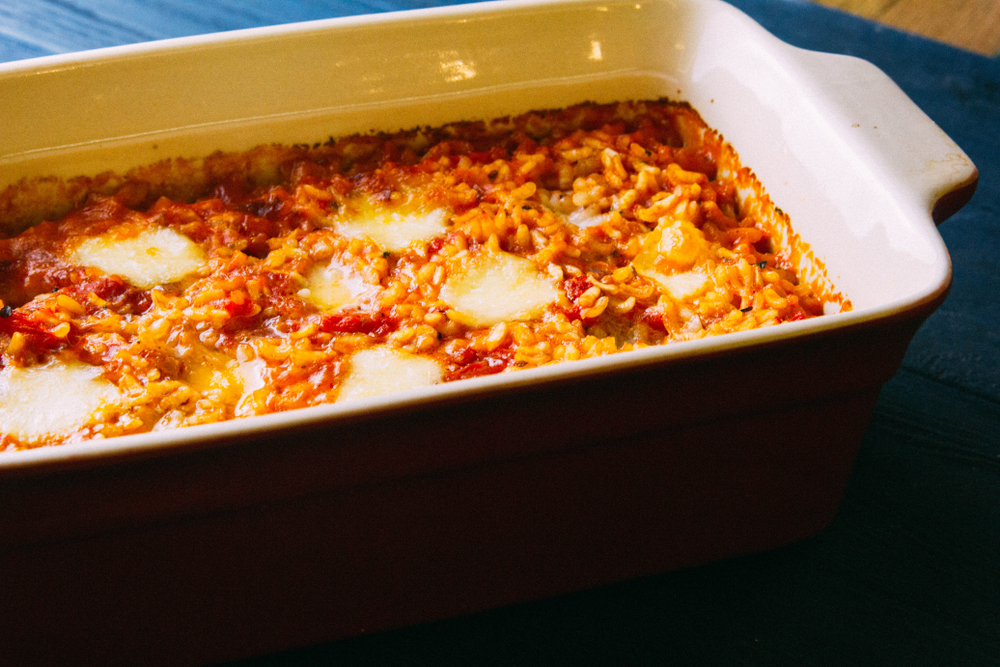
How To Tell If Your Rice is Spoiled
Despite your best efforts, you’ll sometimes still end up with some spoiled rice in the kitchen. In such instances, it’s best to be aware and ensure to always avoid consuming such kinds of food. Spoilt rice contains bacteria and toxins that may be harmful to your health, so being careful is always best.
If you notice one or more of the signs listed below, then it’s time to throw this batch of leftover rice in the trash bin.
- If the rice has an unpleasant smell.
- If the grains are dry and hard to the touch
- Slimy or gooey look and feel.
- Noticeable mold appears as black, blue, or green spots on the rice grains.
Conclusion
Bringing leftover rice back to life is always a great idea. You’ll be able to reduce food wastage and get more calories for your bucks always. Reheating rice in a rice cooker is often the best way to achieve this. And you can enjoy your reheated rice just as you would if it were freshly cooked and steaming.


